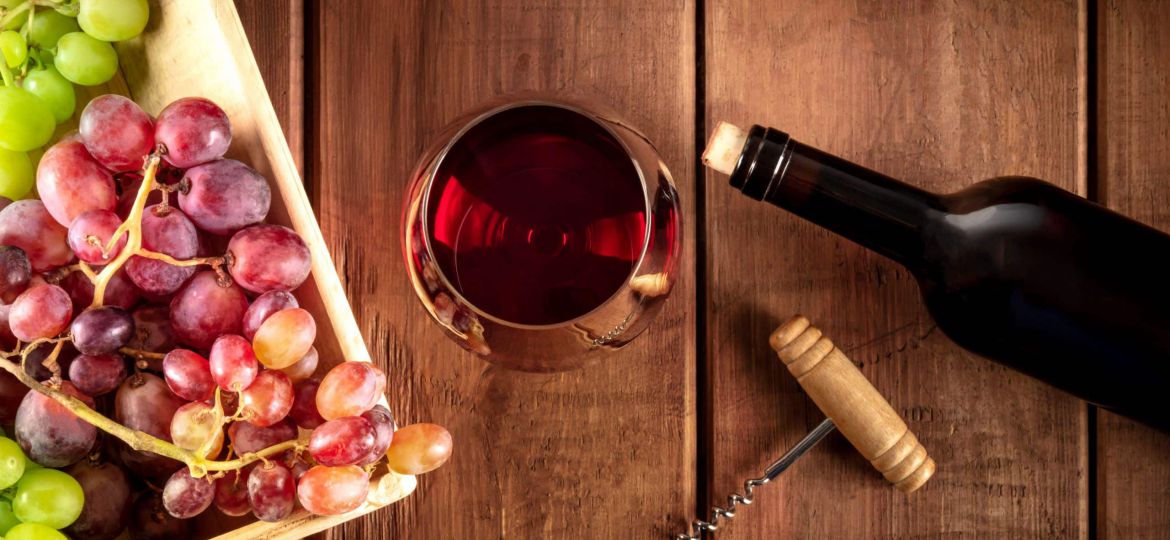
Understanding and appreciating a wine requires careful exploration of its visual, olfactory and gustatory characteristics. Whether you’re a curious novice or an amateur looking to hone your skills, here’s a five-step guide to becoming a true wine tasting expert.
Observation
The first step in wine tasting is observation. Take the time to look at your glass of wine in a good light.
A wine’s color can tell you a lot about its age, grape variety and even style. White wines evolve from greenish yellow for the driest to russet for the sweetest, while red wines go from purplish red to tile-red.
A clear, brilliant wine often indicates good filtration and an absence of defects.
Gently swirl the wine in your glass and watch for “tears” or “drips”. The thicker and slower the tears, the higher the alcohol content of the wine.
Aeration
This is a crucial step before consumption. Aeration allows the wine to develop its aromas and release unpleasant flavors by bringing it into contact with oxygen.
Wine swirling: Swirl the wine in your glass to aerate it and release its aromas. This allows volatile compounds to evaporate, revealing greater aromatic complexity.
Decanting: For older wines or certain young, very tannic wines, decanting can be beneficial. This involves pouring the wine into a decanter to aerate it and separate any deposits. Great vintages can be saved!
The Nose
Olfaction is one of the most important stages in tasting. A wine’s aromas can reveal a great deal about its quality and character.
Primary aromas: These come from the grape varieties used. For example, Sauvignon Blanc may give off lime aromas, while Cabernet Sauvignon may be reminiscent of blackcurrant.
Secondary aromas: These come from the winemaking process, such as the buttery notes of Chardonnay from malolactic fermentation.
Tertiary aromas: These develop as the wine ages in bottle. They may include notes of leather, tobacco, undergrowth or dried fruit.
Tasting
This is where you finally taste the wine. Take a small sip and let it flow into your mouth. A spittoon is usually provided for tastings.
L’Attaque: These are your first impressions of the wine. Is it sweet, lively, acidic or tannic?
Midpalate: Here, evaluate texture and complexity. Is the wine light, medium or full-bodied? What flavors do you detect?
Finish: Length on the palate, or aromatic persistence, is an indicator of quality.
After tasting the wine, take a moment to evaluate it as a whole. Whether it’s a balanced wine with harmony between acidity, tannins, alcohol and sugar. A good wine should faithfully represent its grape variety and region of origin! Remember that every wine is unique, and that the pleasure of tasting lies in the constant discovery of new nuances and flavors. Cheers!